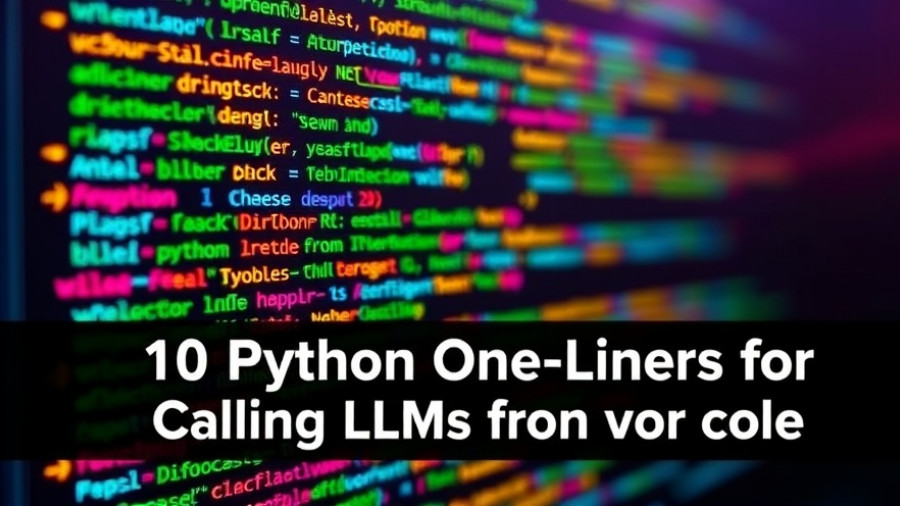
Understanding Random Forests and Gradient Boosting
When it comes to harnessing the power of AI for small businesses, the choice between Random Forests and Gradient Boosting algorithms can feel daunting. Both methods provide unique advantages, tailored to distinct types of data and business objectives. Let's break them down to empower business owners in making informed decisions.
What Are Random Forests?
Random Forests are a blend of multiple decision trees, creating a 'forest' user-friendly for small business applications. This algorithm excels in handling large datasets and coping with various data types, making it versatile for tasks such as market analysis and customer segmentation. The method begins with bootstrap sampling—independently training numerous trees on different data subsets, thereby reducing the likelihood of overfitting.
In practice, Random Forests simplify certain predictive tasks by arriving at a final prediction through majority voting for classifications or averaging for regressions. This parallel processing allows for quicker results, perfect for businesses focused on fast-paced decision-making.
The Mechanics Behind Gradient Boosting
On the other hand, Gradient Boosting offers a more nuanced approach to model building. It constructs decision trees sequentially—each tree correcting the errors of the one before it. For small businesses, this means that businesses using Gradient Boosting can produce robust models that adapt well to complex relationships within data. This iterative learning process is beneficial for tasks that involve fine-tuning, such as pricing strategies or predicting customer lifetime value.
By default, Gradient Boosting begins with a simple model and continuously improves its predictions. Although this process may take more time than Random Forests, the pay-off can be significant in accuracy, an aspect that could make or break a business decision.
Key Differences and Practical Insights
Understanding the differences between these two algorithms is foundational for small business owners:
- Approach: Random Forests operate on the principle of parallel processing, while Gradient Boosting builds models sequentially.
- Speed: Random Forests tend to be faster due to parallel training, making them suitable for real-time predictions. Gradient Boosting, while slower, can yield more accurate models tailored to complex scenarios.
- Complexity: Gradient Boosting models may require fine-tuning parameters such as the learning rate and the number of trees, which can be intricate but more rewarding in accuracy.
Real-World Applications for Small Businesses
Implementing AI and machine learning algorithms can seem overwhelming, but understanding the strengths of Random Forests and Gradient Boosting can provide clarity:
- If conducting market analysis before launching a product, Random Forests may help navigate varied customer data swiftly.
- For businesses that need to predict customer behavior based on nuanced patterns, such as purchasing habits over time, Gradient Boosting may be the better choice.
Making the Right Choice for Your Business
Ultimately, the decision between using Random Forests and Gradient Boosting depends on your specific business needs. Consider factors like the amount of data you possess, the need for speed versus accuracy, and the nature of your predictive tasks. Engage with these methods not just as complex algorithms but as tools designed to elevate your business decisions.
Leverage AI to find efficiencies and improve your competitive edge. Whether you prefer the swift analysis provided by Random Forests or the precision of Gradient Boosting, adapting these techniques can lead toward data-driven growth.
Key Takeaways
In conclusion, both Random Forests and Gradient Boosting offer tremendous capabilities for small businesses looking to integrate AI into their strategies. Understand the distinct strengths of each algorithm, consider your specific project needs, and experiment with trials on small datasets to see what works best for you.
Take action today! Embrace the power of AI tools by exploring practical machine learning courses or webinars tailored for small business owners. It's time to empower your decision-making with AI.
 Add Row
Add Row  Add
Add 




Write A Comment